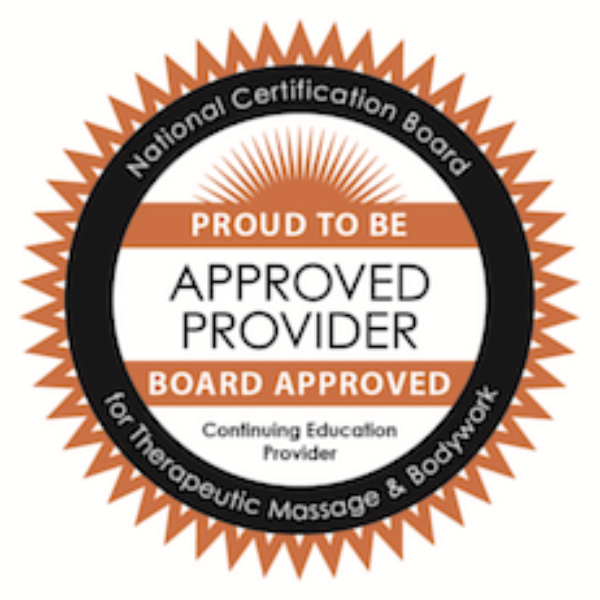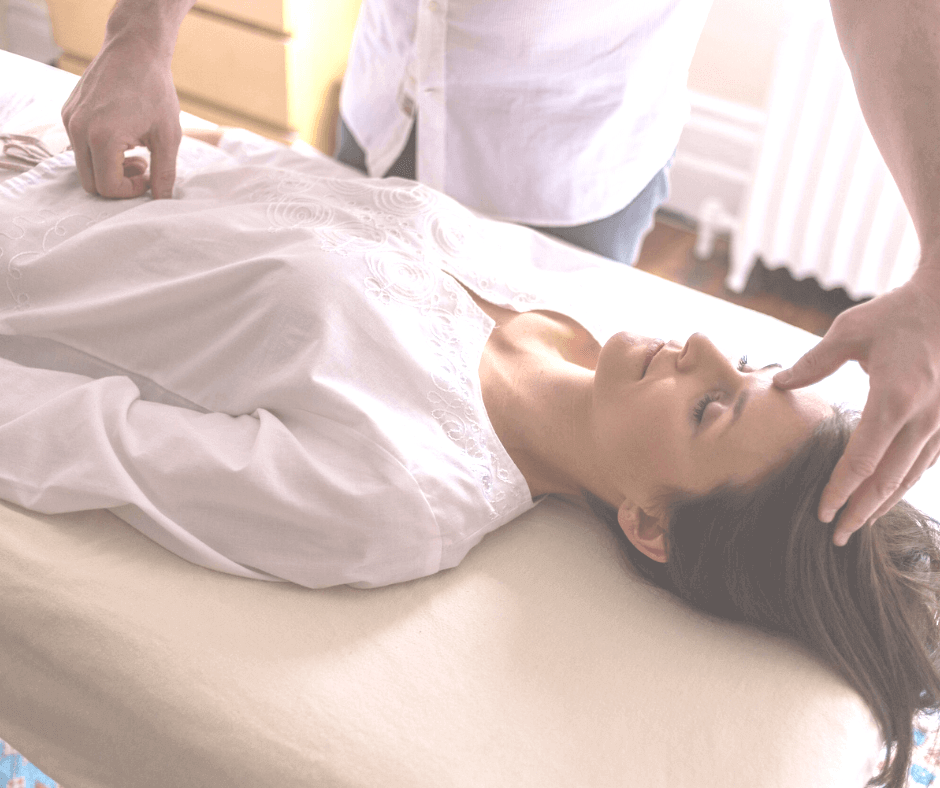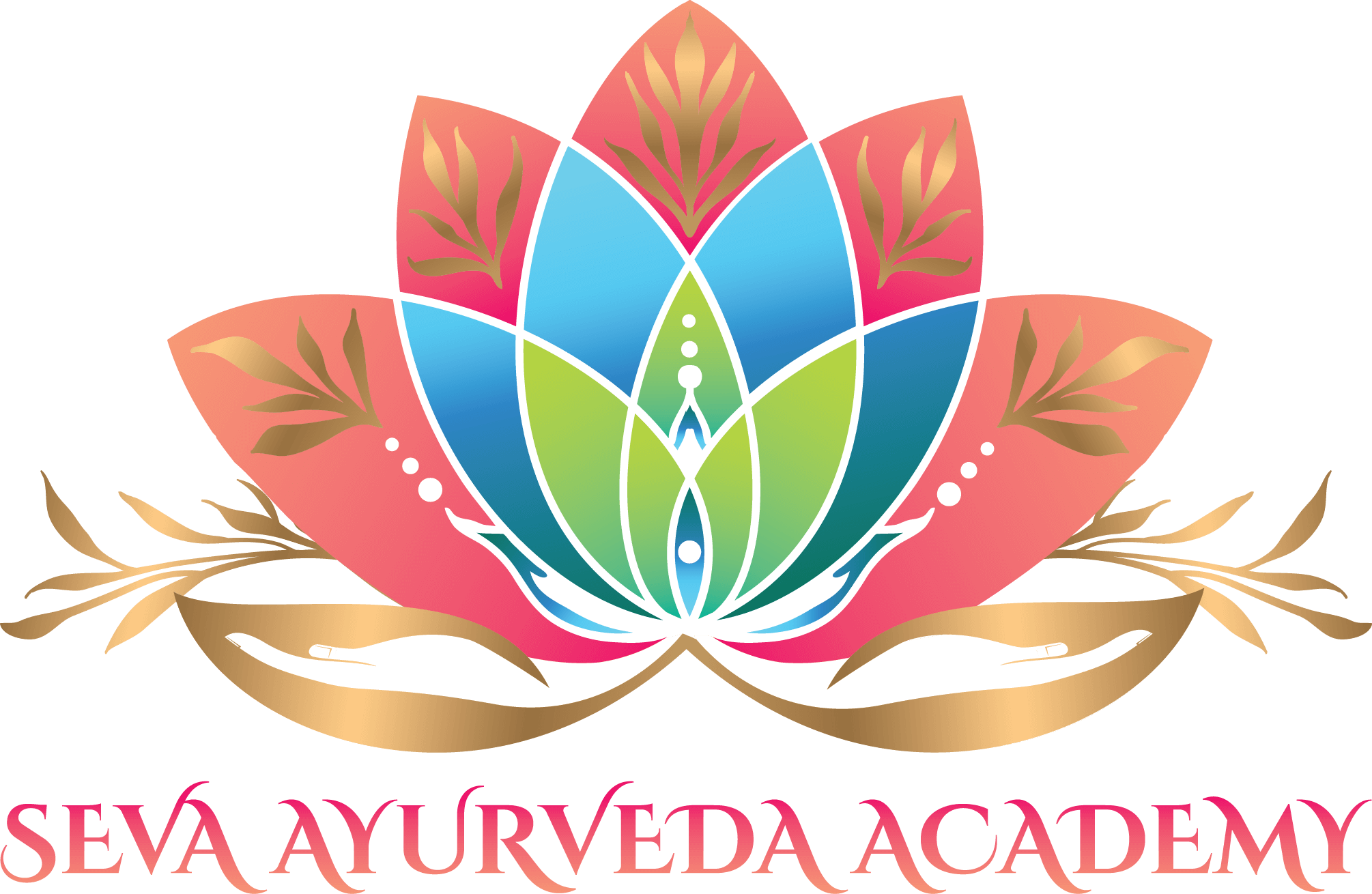Marma Therapy for Massage Therapists Indianapolis, Indiana
April 11 - 13, 2025
24 Continuing Education Credits for Massage Therapists
Get all your CE's!

_________________________________________________________________________________________________
Marma Therapy Massage is an accessible, in-scope modality for massage therapists wanting to bring Ayurvedic principles into their treatment rooms.
_________________________________________________________________________________________________
The What, Why, How, and Value of
Marma Massage Therapy
Principles of Marma Massage Therapy
The word marma translates to “vital energy point located on the surface of the body.” Similar to the acupuncture points of traditional Chinese medicine (TCM), marma points, or marmani, are accessed throughout the physical body using various anatomical landmarks. Although we can use these points in singularity, we often bring a sequence or a series of these points together in a protocol to enhance the therapeutic effect for the goal of the session.
Uses for Marma Therapy
The function and use of marma therapy can be multifaceted. One of its main purposes is for pain management or soreness and tightness in a specific region in the musculoskeletal system.
From an Ayurvedic perspective, when we view pain of any sort—whether it be acute, muscular, or related to a pathology—we first want to understand if there is pranic stagnation occurring, preventing healthy flow of our energy. Because of this, pain can be a by-product.
The subtle science of marma therapy works on more than just the physical body, it also works on the energetic anatomy. Similar to yoga as the sister science, Ayurveda says the body has 72,000 channels of flow and/or energy channels.
Only some of these are physical channels, such as the vascular or lymphatic systems of the body; but most are subtle channels that support the energetic aspects of the human being. Prana, or our life force, manifests and works on both the physical and subtle channels. Thus, stagnation of prana can manifest in many ways.
In pressing painful marma points, we release any obstruction that is preventing healthy energy (prana) flow. Where there is pain, there is an imbalance. Thus, activating a marma point, stimulates more pranic flow, as they are the spaces where prana is held.
Marmani can also be incorporated for very specific actions and benefits to elicit healing and movement. For example, when pressing on the marma point directly at the top of the nose bridge, we can help release any sinus congestion or swelling in the nasal passage that might be preventing deep inhalations.
By pressing a marma point at the notch below the nose and above the lips, we can prevent a sneeze from occurring if it’s a time where it may seem disruptive.
Finally, marma therapy is a great tool to induce relaxation and stress relief, similar to many other forms of massage and bodywork.
Using Marma Massage in Your Practice & Self Care
The most common way to activate various marmani is through touch and pressure. In Ayurveda, touch is touted as the greatest gift of love we can give ourselves or to others. This is why a hug can be so powerful—it releases endorphins into the system. Similarly, by pressing into the marma point, we are not only inducing balance and encouraging healthy pranic flow, but we are also supporting the client on deeper mental and emotional levels.
In its most traditional use, marma therapy employs the thumb, index finger, and middle finger to press into the points. A great companion tool to marma therapy is a Kansa wand, which has long been used in Ayurvedic esthetics and massage work to support healthy lymph flow. Similar to gua sha, the wand can be used to divert the pressure from the practitioner’s hands and fingers into the tool.
You can also use various types of enhancements in your marma practice by incorporating essential oils that may be beneficial for the client. Likewise, crystals, gems, and tuning forks can be placed directly on marma points before or after the application of pressure to infuse the energy of the apparatus into the specific point. Tuning forks can be a great tool to use the power of vibration and sound frequency to shake up whatever may be stagnant, congested, or stuck.
A subtler way to activate marmani is through simple awareness. It’s important to remember that although this bodywork is part of a physical science and treatment methodology, we cannot dismiss the immense amount of subtle activation marma therapy incorporates.
Often, just sending our breath, attention, and awareness to sensitive and sore areas of the body can be enough to activate those marma points and create the same benefits as physical touch. This is particularly effective as a modification for self care.
A Deeper Connection to Our Emotional Health
Marma points throughout the body can first be linked to connective tissue. This is the main reason marma points are so beneficial to physical health. On a deeper level, this connective tissue is related to the nervous system.
In Ayurveda, the nervous system is intimately connected to our mind and the chakra system. For this reason, it is important to note the power marma therapy can have on our mental and emotional health. Ayurveda has long been seen as a science of the body, mind, and spirit. Thus, it is impossible to discount the impact suppressed emotions, our mental and emotional state, and a general imbalanced disposition have on our physical health.
In Ayurveda, it’s believed that unprocessed emotions can turn into a physical pathology if not supported, treated, and released in a healthy way. For this reason, marma therapy plays a large role in mental and emotional well-being as a means to release any stuck emotion. For individuals who have unresolved trauma, using marma therapy to begin the release process may also have a direct impact on their physical health.
Empowering Clients and Ourselves
Marma therapy is an incredible form of bodywork that works on all levels of our healing—physical, mental, and emotional. Plus, it gives us the opportunity to not only support others but also empower our clients and ourselves to practice self-marma to continue the healing process on their/your own. Whether you are looking for a practice to offer or for your personal enrichment, marma therapy offers benefits on all facets of our healing.
_________________________________________________________________________________________________
Become an Elite Service Provider!
Embrace the opportunity to enrich your practice and meet the rising demand for Ayurvedic therapies. Enroll in our 35-hour Ayurvedic Marma Massage course today and position yourself at the forefront of holistic health practitioners.
Elevate your expertise. Expand your impact. Embrace the art of Ayurvedic Marma Massage.
1.
Create a specialty, a niche for your practice. If you want to stand out as an elite service provider.
Create a specialty, a niche for your practice. If you want to stand out as an elite service provider.
2.
Become known as a specialist in a modality that is in high demand, and there simply isn't enough trained therapists.
Become known as a specialist in a modality that is in high demand, and there simply isn't enough trained therapists.
3.
Easy implementation into your practice. Incorporate Marma Therapy into a day spa setting, or take referrals from doctors, chiropractors, yoga therapists, and ayurvedic practitioners!

Tell me and I forget. Teach me and I remember. Involve me and I learn.
~ Benjamin Franklin

Meet the Instructor
Seva Van Why
LMT, HHP, AP, PKT, ERYT
LMT, HHP, AP, PKT, ERYT
Credentialed in Holistic Health, Massage, Ayurveda, Detoxification, and Yoga
Marma Therapy for Massage Therapists
Ayurvedic Acupressure
Stand out with a unique service offering that is in high demand!
✔ Marma therapy is highly sought out, therefore highly marketable
✔ Specialize in an elite service that is unique to your practice!
✔ Gain 24 CEU's towards your massage license renewal
✔ Learn how to modify marma therapy for self care & career longevity
✔ Expand your skillset reaching new clientele!
What does the schedule look like?
Every morning we begin with a morning self care practice from 8:30-9
1st day -
am - Marma point intro, classification and functions - Lecture
pm - Marma points of Head, Neck, Face - point location and protocols - Hands on
1st day -
am - Marma point intro, classification and functions - Lecture
pm - Marma points of Head, Neck, Face - point location and protocols - Hands on
2nd day:
am - Marma points of Back, Arms, Legs - point location
pm - Protocols for Back, Arms, Legs - Hands on
am - Marma points of Back, Arms, Legs - point location
pm - Protocols for Back, Arms, Legs - Hands on
3rd day:
am - Marma Point Review - Lecture & Hands On
pm - Full Body Protocol incorporating tuning forks, cups, essential oils, guasha, and more!
pm - Full Body Protocol incorporating tuning forks, cups, essential oils, guasha, and more!
What is Included in Tuition?
- 24 CE's
- Workbook
- All linens and supplies
- 20% discount to Seva Ayurveda Academy courses
What payment options do you offer?
- Full Registration is Due by April 1, 2025.
- If you need to split your payments, you can do so through the payment checkout link.
Become a Marma Massage Therapist!
24 CE's only $550
Save your Spot Today!
Registration Closes April 1st
A minimum of 6 people is needed to run the course. If the course does not fill, refunds will be issued.










